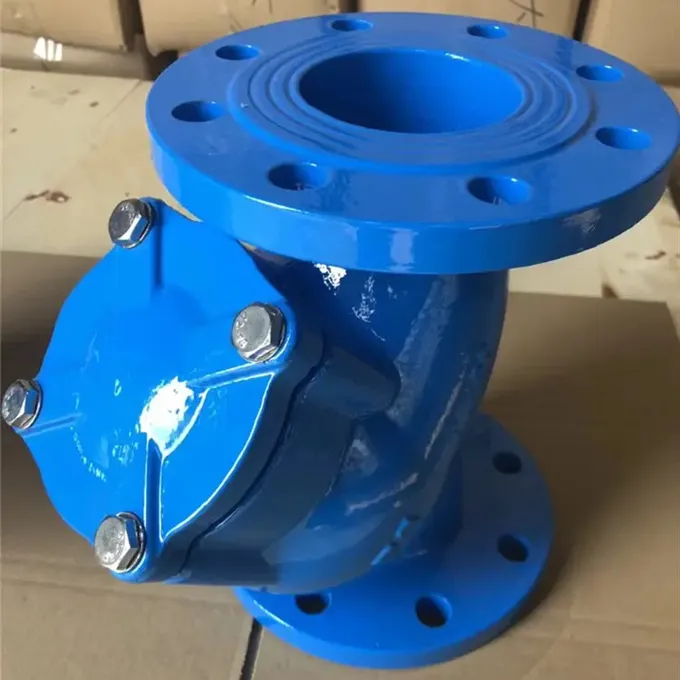Oct . 18, 2024 15:11 Toe fo'i i le lisi
An Essential Component for Fluid Systems
Strainers play a crucial role in maintaining the efficiency and longevity of fluid systems. This guide explores the types of strainer, focusing on the y type strainer and the flanged y strainer.
 Types of Strainer: Essential for Fluid Management
Types of Strainer: Essential for Fluid Management
When it comes to fluid systems, knowing the types of strainer is essential. Strainers are devices used to remove unwanted particles from fluids, preventing damage to pumps, valves, and other equipment. Common types include basket strainers, tee strainers, and y strainers. Each type is designed for specific applications, with variations in design, size, and filtration capabilities. Selecting the right strainer type ensures optimal performance and protects your system from potential issues caused by debris and contaminants.
Y Type Strainer: Efficiency in a Compact Design
The y type strainer is renowned for its space-saving design and efficiency. This strainer features a y-shaped body, which allows for easy installation in horizontal or vertical pipelines. Its angled screen provides excellent filtration while minimizing pressure drop, making it suitable for a wide range of applications. The y type strainer is particularly effective in environments where space is limited but filtration is still critical. Its simplicity in design ensures that maintenance is quick and straightforward, reducing downtime in your fluid systems.
Flanged Y Strainer: Versatile and Robust
The flanged y strainer combines the advantages of the y type strainer with the benefits of flanged connections. This design offers enhanced stability and is ideal for high-pressure applications. Flanged connections allow for easy installation and maintenance, making it a popular choice in industrial settings. The flanged y strainer can handle larger volumes of fluid while maintaining effective filtration. This versatility ensures that it meets the demands of various systems, from water treatment to chemical processing.
 Advantages of Using Strainers: Protecting Your Equipment
Advantages of Using Strainers: Protecting Your Equipment
Understanding the benefits of using different types of strainer is crucial for system longevity. Strainers help prevent damage to expensive equipment by filtering out debris and contaminants. By implementing a y type strainer or a flanged y strainer, you can significantly reduce maintenance costs and downtime. Regularly cleaning and replacing the strainer elements further enhances system efficiency. The right strainer selection not only prolongs equipment life but also ensures optimal fluid flow and quality.
Selecting the Right Strainer: Factors to Consider
When choosing from the types of strainer, it's important to consider several factors. These include the type of fluid being filtered, flow rates, pressure requirements, and installation space. For example, a y type strainer may be perfect for compact systems, while a flanged y strainer is better suited for larger, high-pressure applications. Assessing these factors will ensure that you select a strainer that meets your system's specific needs, optimizing performance and reliability.
In summary, understanding the types of strainer, particularly the y type strainer and flanged y strainer, is vital for maintaining efficient fluid systems. With the right selection and regular maintenance, you can ensure your systems operate smoothly and effectively, protecting your investment in equipment and enhancing overall performance.
-
Precision Manufacturing with Advanced Spline Gauge DesignTala FouJul.31,2025
-
Industrial-Grade Calibrated Pin Gauges for Exact MeasurementsTala FouJul.31,2025
-
Industrial Filtration Systems Depend on Quality Filter DN50 SolutionsTala FouJul.31,2025
-
High-Performance Gate Valve WholesaleTala FouJul.31,2025
-
Granite Surface Plate The Ultimate Solution for Precision MeasurementTala FouJul.31,2025
-
Granite Industrial Tools The Ultimate Guide for Bulk BuyersTala FouJul.31,2025
O'OGA Fa'atatau









